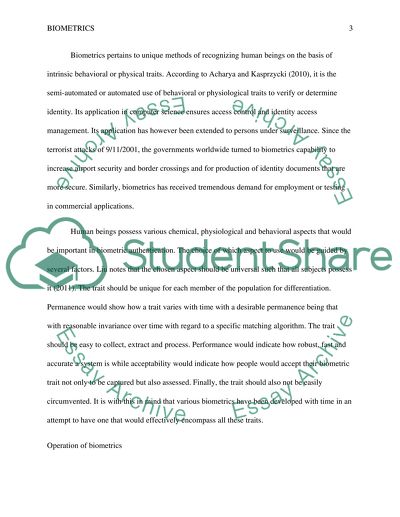Cite this document
(“Biometrics use in government and corporations Research Paper”, n.d.)
Retrieved from https://studentshare.org/information-technology/1395413-biometrics-use-in-government-and-corporations
Retrieved from https://studentshare.org/information-technology/1395413-biometrics-use-in-government-and-corporations
(Biometrics Use in Government and Corporations Research Paper)
https://studentshare.org/information-technology/1395413-biometrics-use-in-government-and-corporations.
https://studentshare.org/information-technology/1395413-biometrics-use-in-government-and-corporations.
“Biometrics Use in Government and Corporations Research Paper”, n.d. https://studentshare.org/information-technology/1395413-biometrics-use-in-government-and-corporations.


